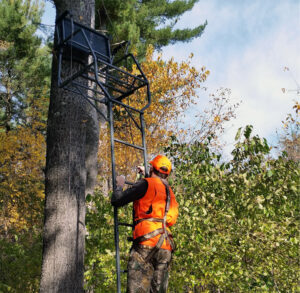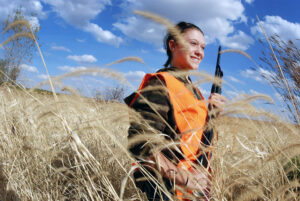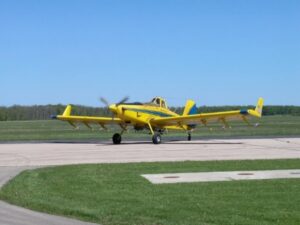
It is important to place and maintain tree stands carefully as you prepare for the upcoming deer hunting season. / Photo Credit: Wisconsin DNR
By Bill McNee, Forest Health Specialist, Wisconsin DNR;
Bill.McNee@wisconsin.gov; (920) 360-0942
The Wisconsin Department of Natural Resources (DNR) cautions hunters to avoid placing deer stands in or near ash trees this deer hunting season.
Most ash trees in the southern half of Wisconsin, Door County and the Mississippi River counties are dead or dying from emerald ash borer infestation. Although emerald ash borer is not as widespread in other parts of the state, the invasive insect continues to be found at additional locations throughout the state and unreported infestations also are likely.




